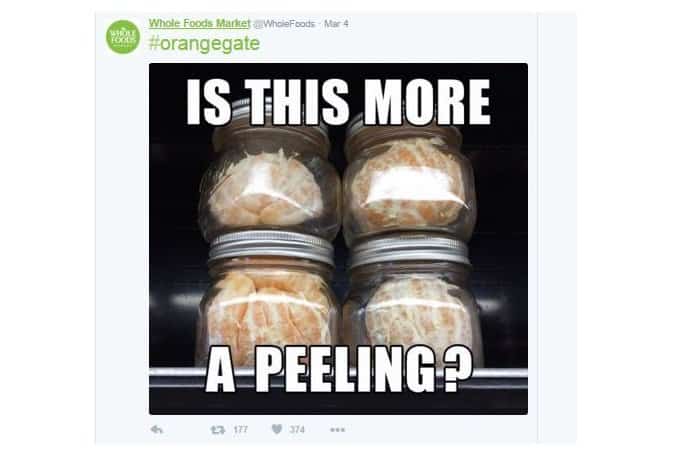Crisis Communications – Responding vs Reacting
Earlier this week I heard about Whole Foods being under fire for selling whole pre-peeled oranges in plastic containers. Very quickly, as a result of social media, Whole Foods (and people who would purchase the product) were being attacked for being too lazy to peel an orange and also the waste of the plastic container around the orange.
The good news in this “crisis communications” situation is that Whole Foods responded very quickly. They responded to an initial Tweet that was going viral and they apologized. Not only did they respond but they did so very quickly. They decided immediately to pull the pre-peeled oranges from the shelve
But, perhaps they reacted too quickly? Because now there is backlash against Whole Foods for pulling the pre-peeled oranges.

An organization is never going to make 100% of their customers happy, but perhaps listening to feedback from all consumers before reacting and making a rash decision could have had a more positive outcome.
(Side note: I don’t know about you, but I potentially like the idea of a pre-peeled orange. Sometimes the work it takes to peel an orange will make me just grab an apple.)
What do you think Whole Foods should have done differently?

